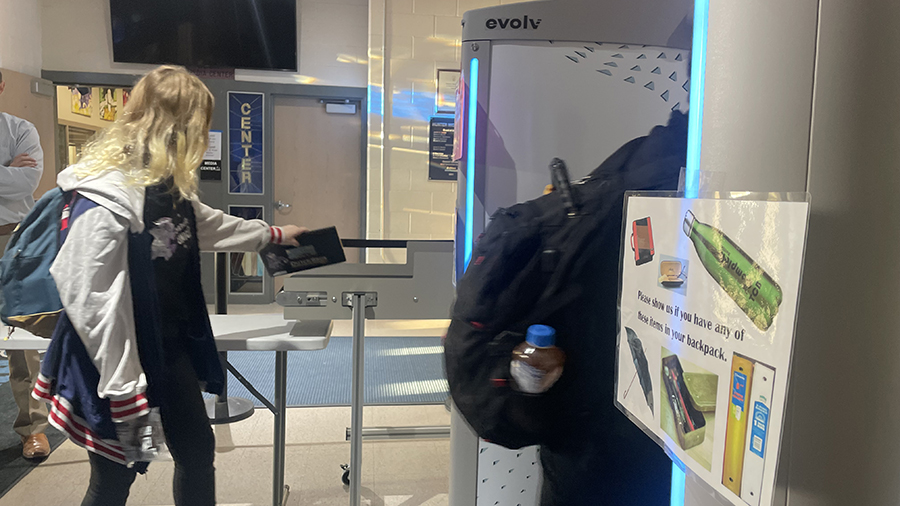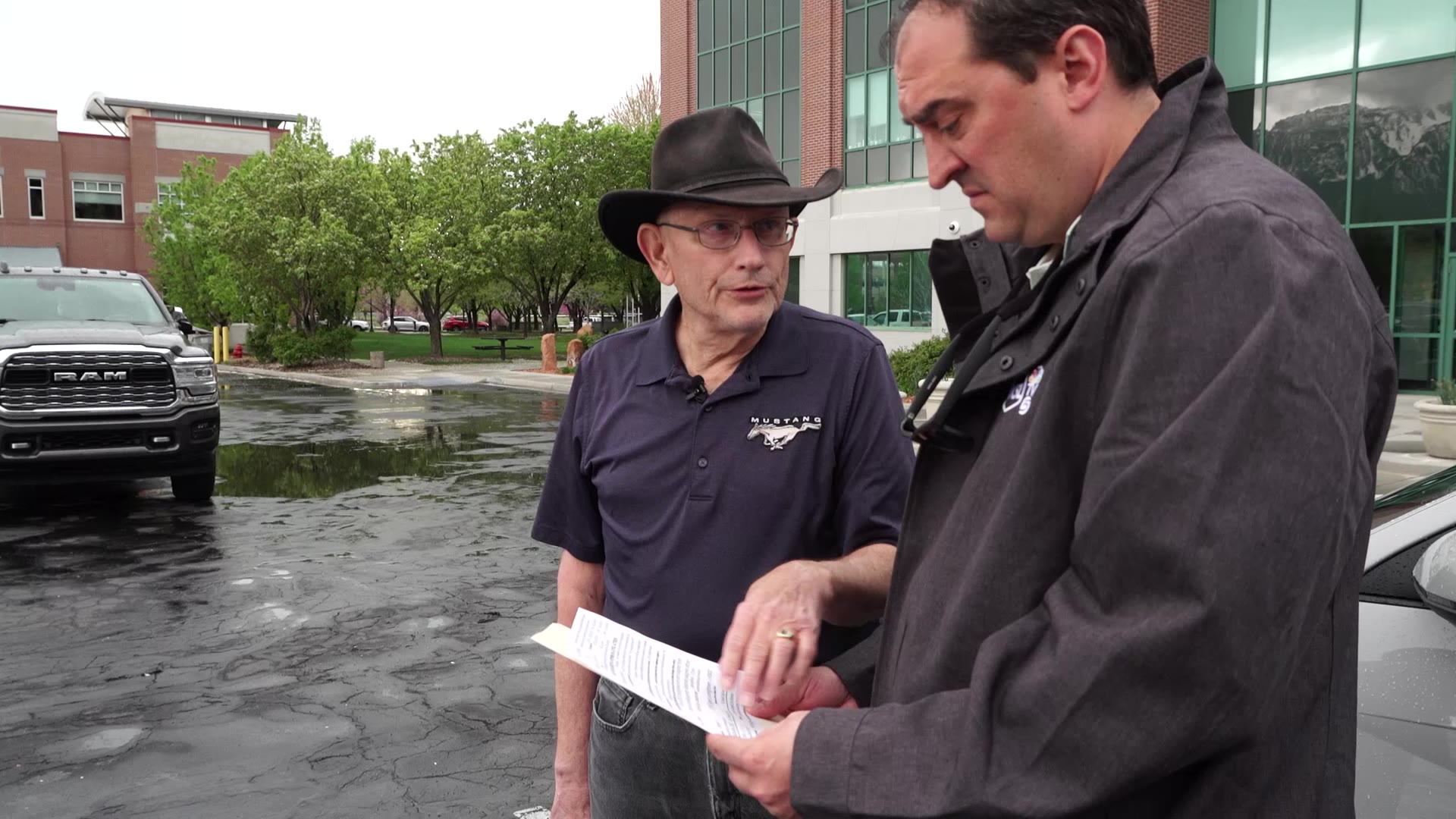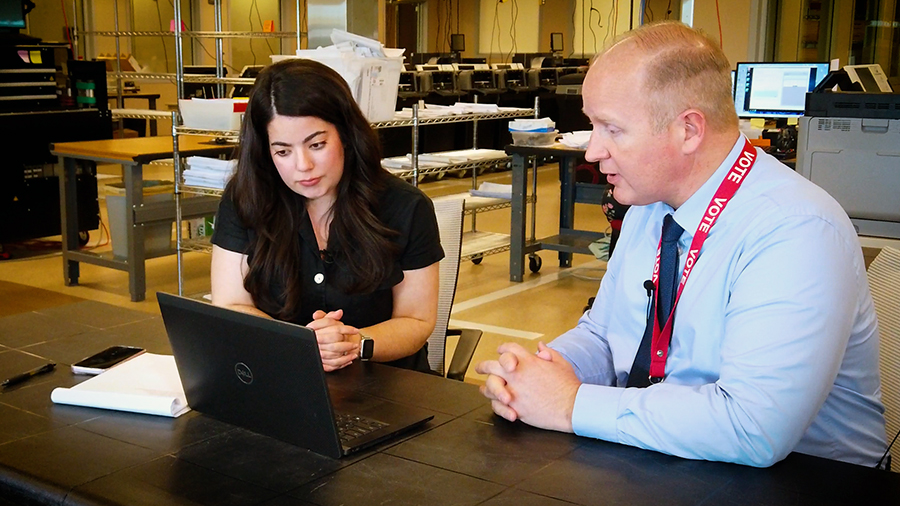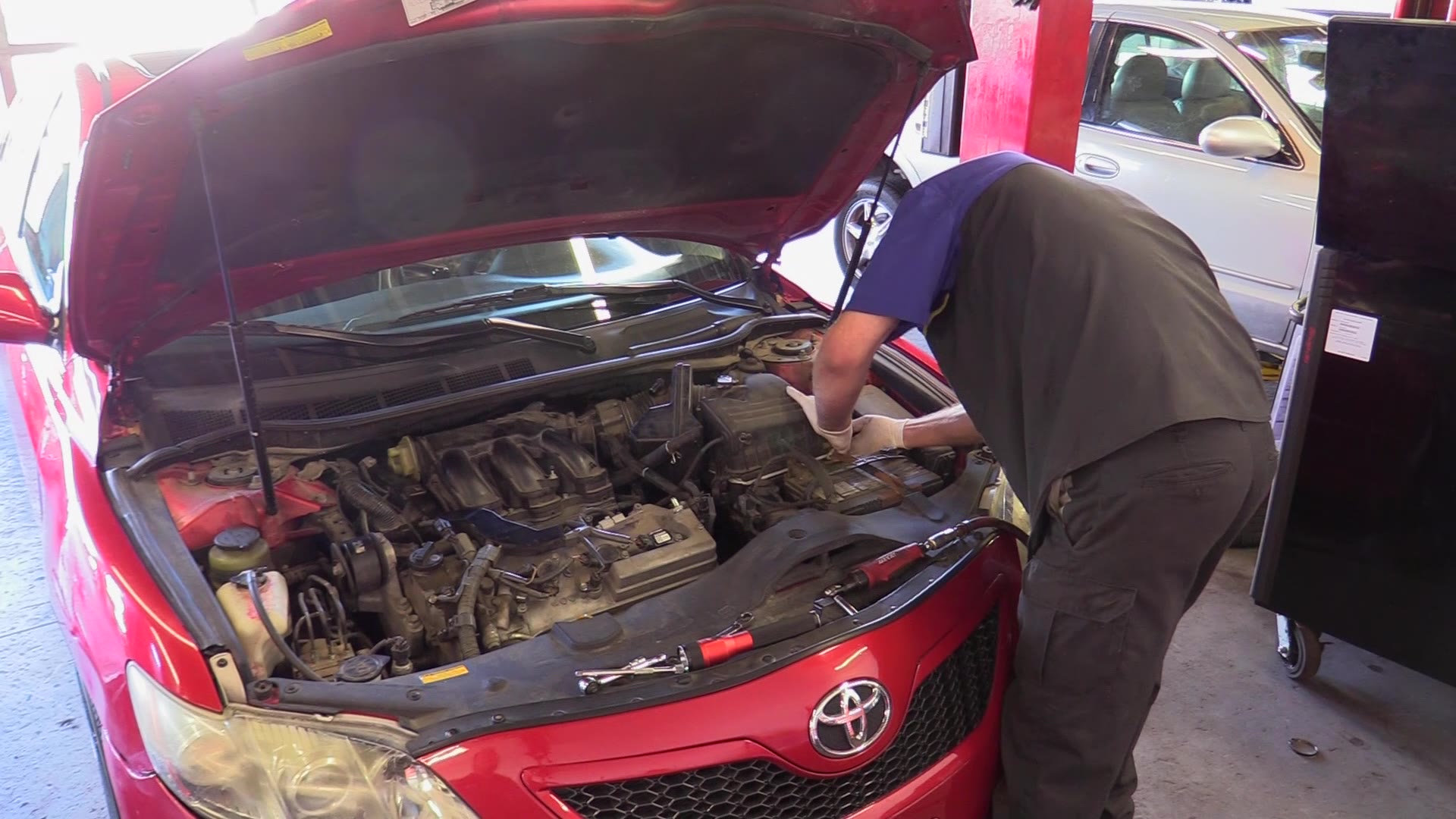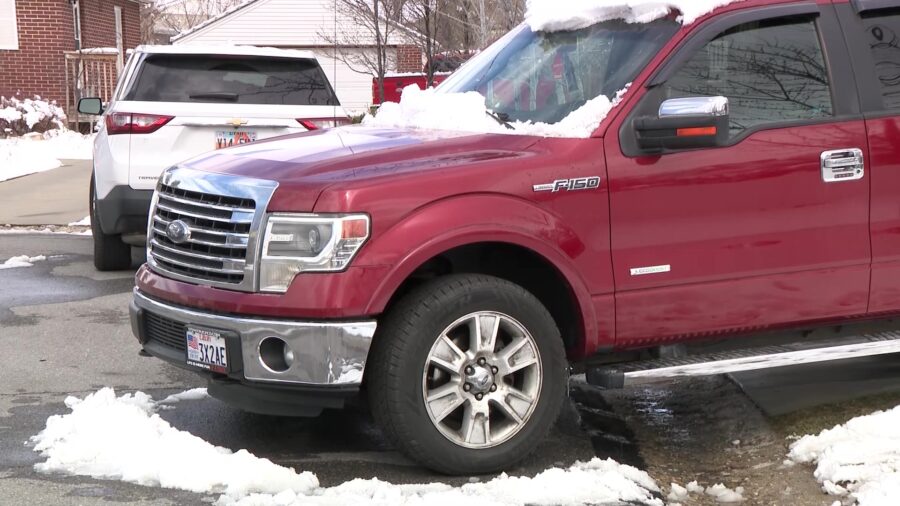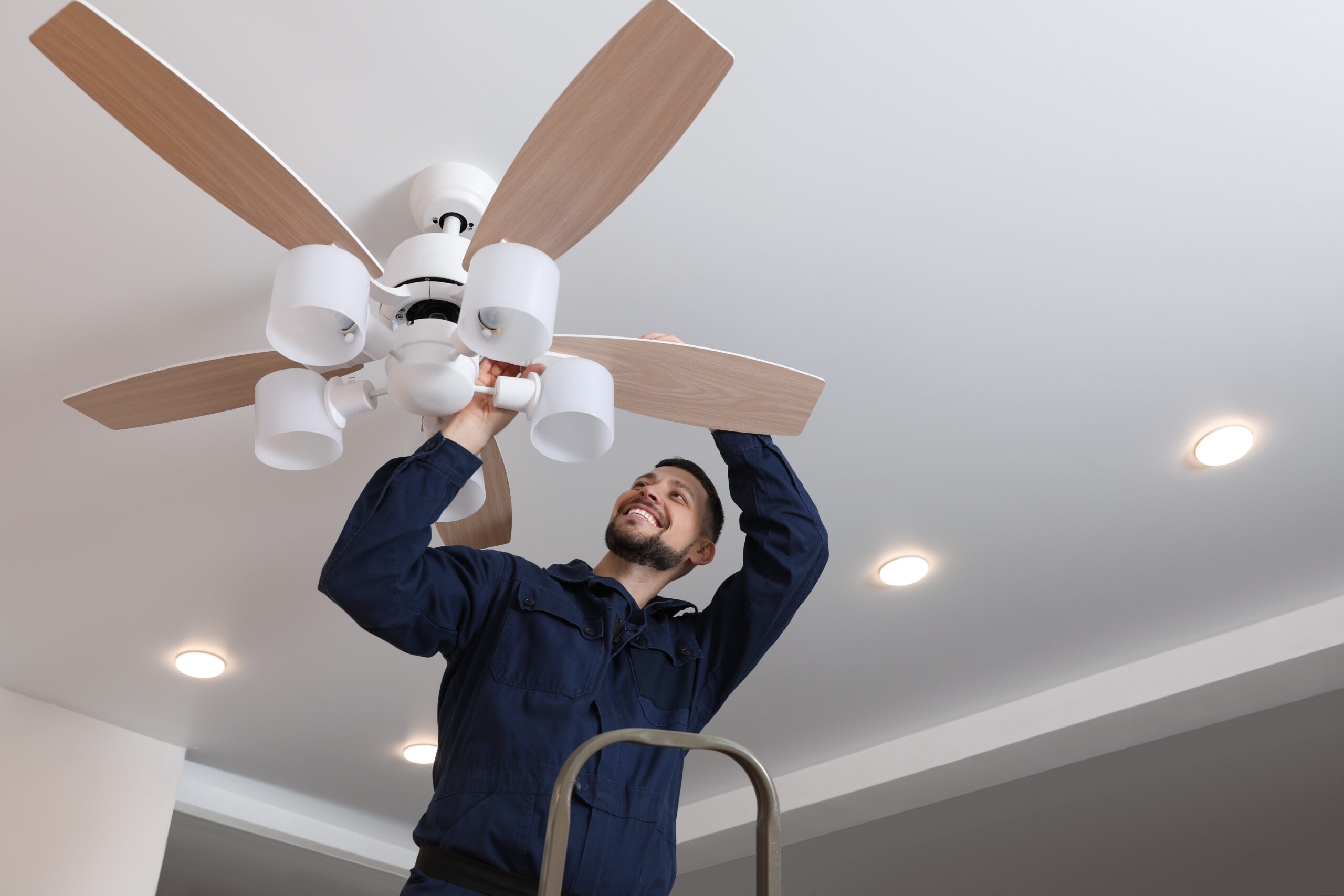One year on, still no ruling from DA on deaths of 2 Utahns held facedown in handcuffs
Aug 21, 2023, 10:20 PM | Updated: Aug 22, 2023, 5:43 am
SALT LAKE CITY – Salt Lake County’s top prosecutor says he’s still reviewing the cases of two Utahns who died last year after Salt Lake City officers pulled them to the ground and pinned them facedown.
District Attorney Sim Gill told KSL that investigating deaths like those of Megan Mohn, 40, and Nykon Brandon, 35, is especially complex, in part because there’s no weapon involved.
“It’s not as easy as, ‘somebody fired a gun and somebody got shot, got killed,’” Gill said. “It’s, ‘OK, what kind of force was used? What were the conditions? What are their pre-existing medical conditions that contributed to that?’”
Gill would not say when he anticipates announcing rulings in the cases. He doesn’t have a deadline to decide whether officers were justified in using physical force and whether he’ll file criminal charges against them in connection with the deaths.
When Salt Lake City police officers responded in August 2022 to a report of a man in crisis who’d tried to steal beer from a downtown brewery, they found Brandon running in the street in his underwear.
Body camera video shows an unarmed Brandon reach for an officer’s gun and struggle with police before they hold him facedown on the ground for three minutes and 40 seconds. He’s handcuffed during that time, and after he stops groaning, police begin to turn him on his side.
Brandon was pronounced dead within the next 45 minutes. His cause of death has not been released.
Also last summer, Gill began investigating the death of Mohn after Utah’s medical examiner ruled her January 2022 death a homicide.
Mohn was held prone for 4 minutes and 40 seconds by Salt Lake City police near a refinery in January 2022, where she was accused of waving rebar at trucks.
In police body camera video, she yells, “Help! Help!” while officers cut off her backpack and tell her to stop kicking them, body camera video shows.
Police kneel on her back and on her folded legs. When an officer releases one leg, it falls heavily toward the ground and officers begin to turn her over. Mohn appears to lose consciousness and died about three weeks later at a hospital, according to Salt Lake City police.
Police restraint under scrutiny after deaths of 2 Utahns held face-down in handcuffs
In April, Gill announced he would not file criminal charges in another case involving prone restraint.
Gill determined Sean Paul Masters, 52, died of natural causes after he took off running from a traffic stop and was held prone by Murray police in April 2022 for just seconds, telling them, “I can’t breathe,” before officers turned him on his side and later sit him up. Within four minutes, he appears unresponsive.
Masters died from a cardiac arrhythmia that developed “after he exerted himself while running from law enforcement,” according to Gill’s written ruling, which cites an autopsy in the case. The report says this happened “in the setting of hypertensive and atherosclerotic cardiovascular disease and methamphetamine intoxication.” Gill found the force officers used to be reasonable.
The Salt Lake City and Murray police departments declined to comment on the investigations.
But all three share common themes. Brandon, Mohn and Masters each ran away. And Utah’s medical examiner found evidence Mohn and Masters were on meth, according to statements from Gill’s office and Salt Lake City police.
Those details are noteworthy. Breathing hard, drug use and violent struggles can raise the risk of death, cardiologist Alon Steinberg told the KSL Investigators last year.
“We want to educate people that this is a potentially dangerous position,” said Steinberg, who researches deaths following prone restraint. “We try to minimize it as much as possible and put people in a recovery position as quickly as possible.”
Utah’s police academy trains officers to do just that. Utah’s Peace Officer Standards and Training hasn’t updated its curriculum in the year since we asked them about best practices for officers using prone restraint, but a POST spokesperson told us cadets now spend more time learning about prone restraint than in the past.
When police try to make an arrest, they often end up in a struggle on the ground. And most times, no one dies. But warnings about the potential dangers are not new.
A bulletin from the U.S. Department of Justice, for example, reviewed the risks associated with prone restraint in 1995.
Almost 30 years later, these deaths keep happening. Gill told the KSL Investigators he thinks it’s a good idea to provide officers with more specific standards in the form of a new law.
The possible guidance could include directing them to first restrain a person’s lower body, Gill said, or to apply pressure using hands, but not lean on their elbows or knees with their body weight on someone’s torso.
“If we are just being sort of cavalier about it, and either unintentionally or even accidentally contributing to the demise of individuals, then we need to take some ownership and say, should we change our process?” Gill said.
Like many other states, Utah banned knee-on-neck chokeholds after the death of George Floyd in 2020. But the state Legislature hasn’t further restricted the use of prone restraint.
Have you experienced something you think just isn’t right? The KSL Investigators want to help. Submit your tip at investigates@ksl.com or 385-707-6153 so we can get working for you.




